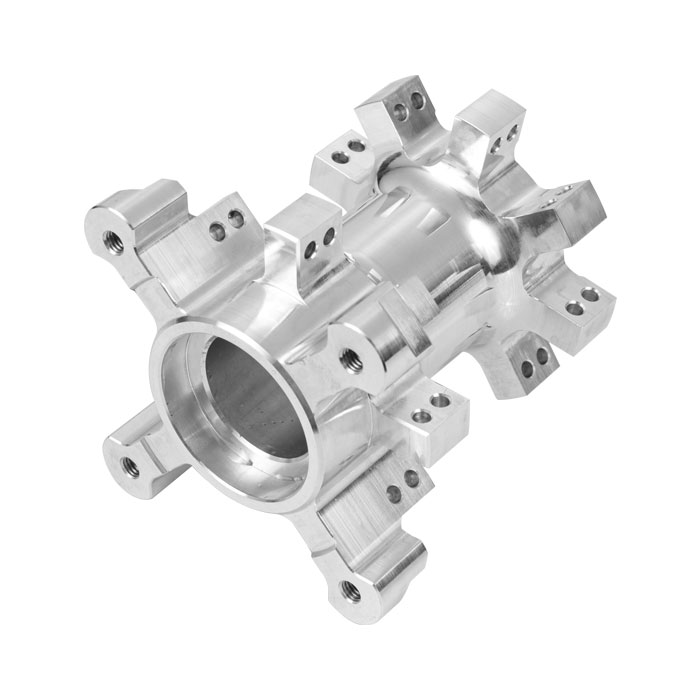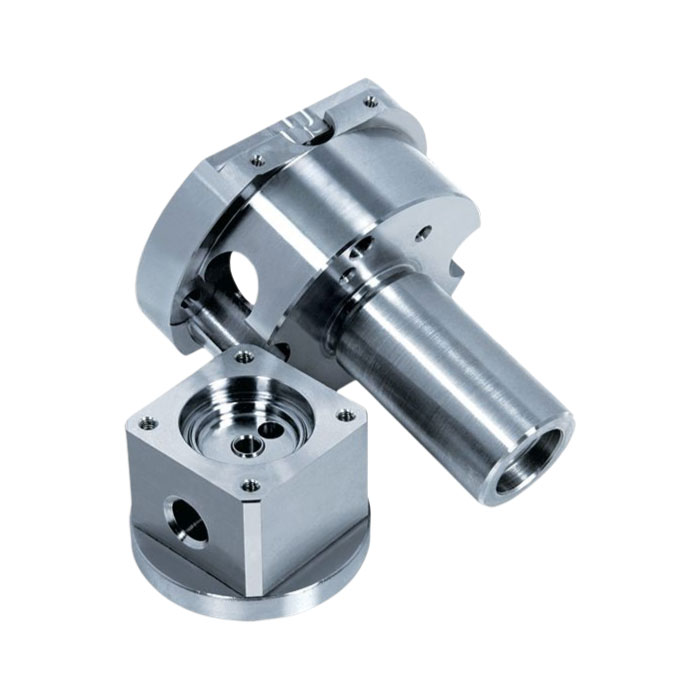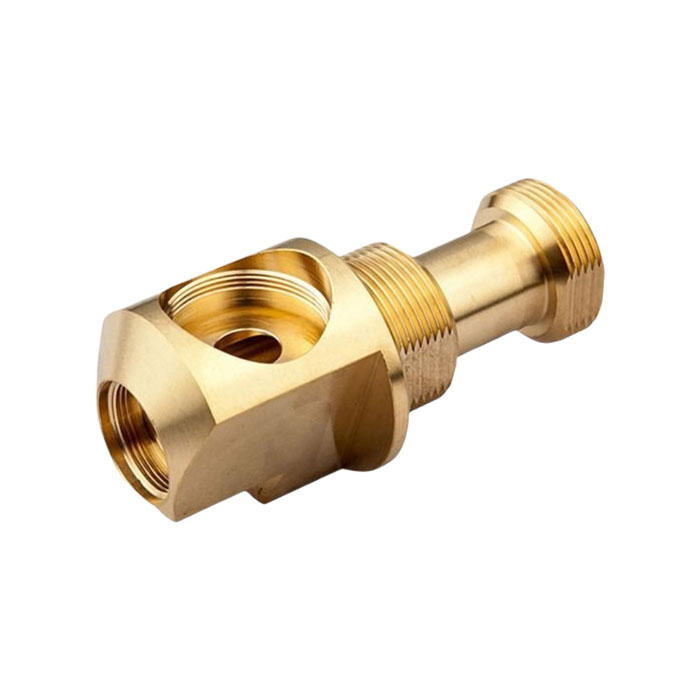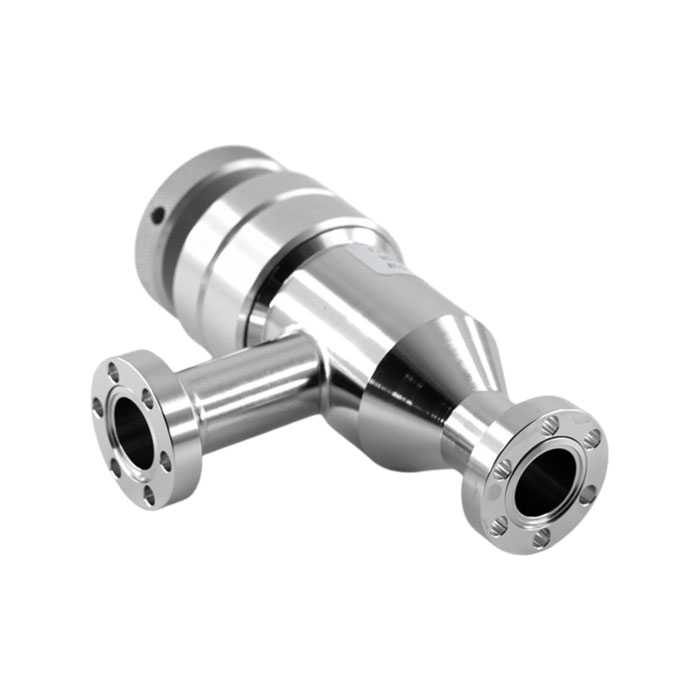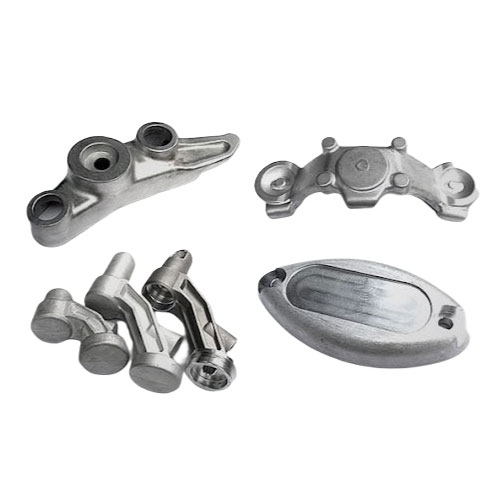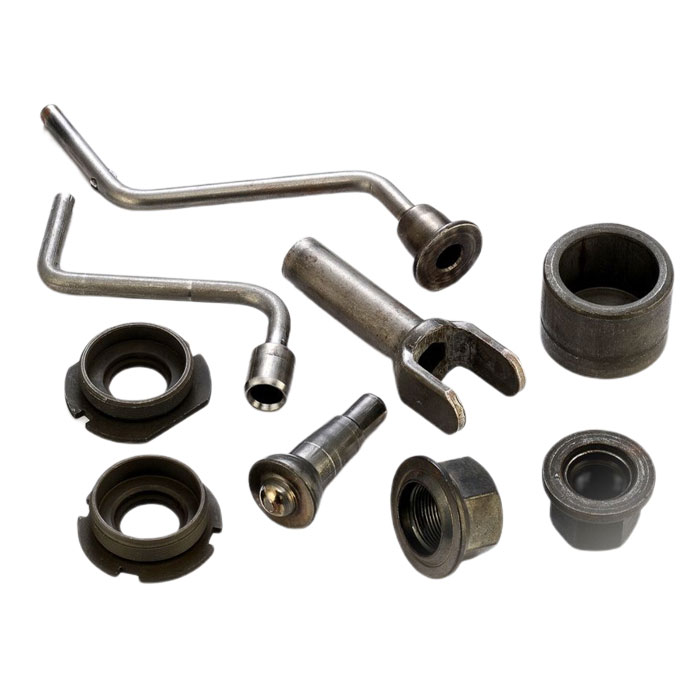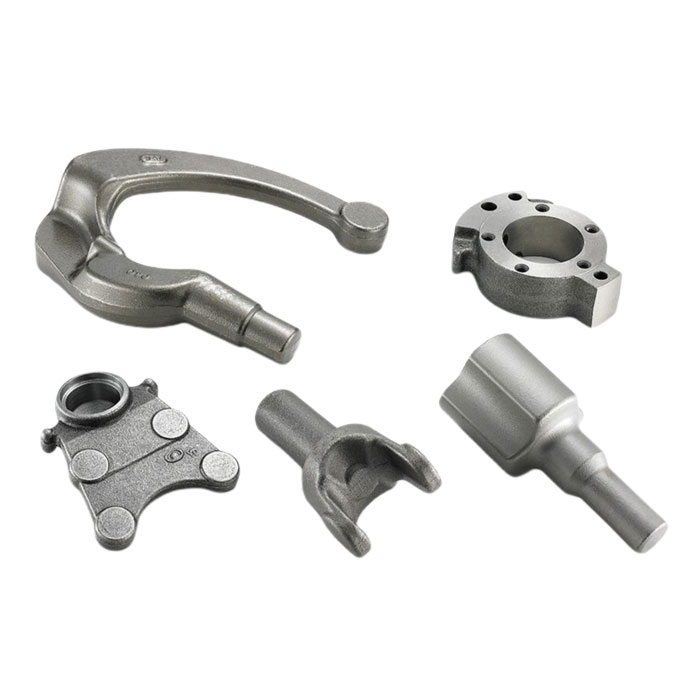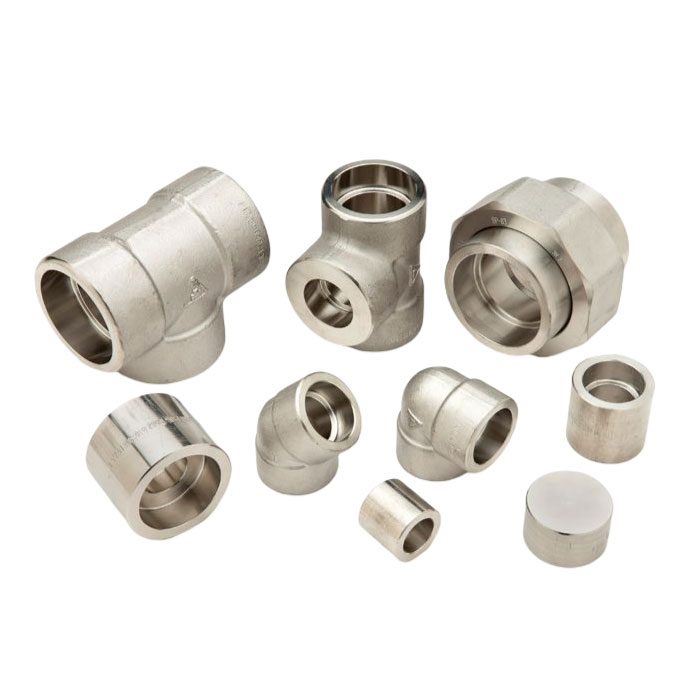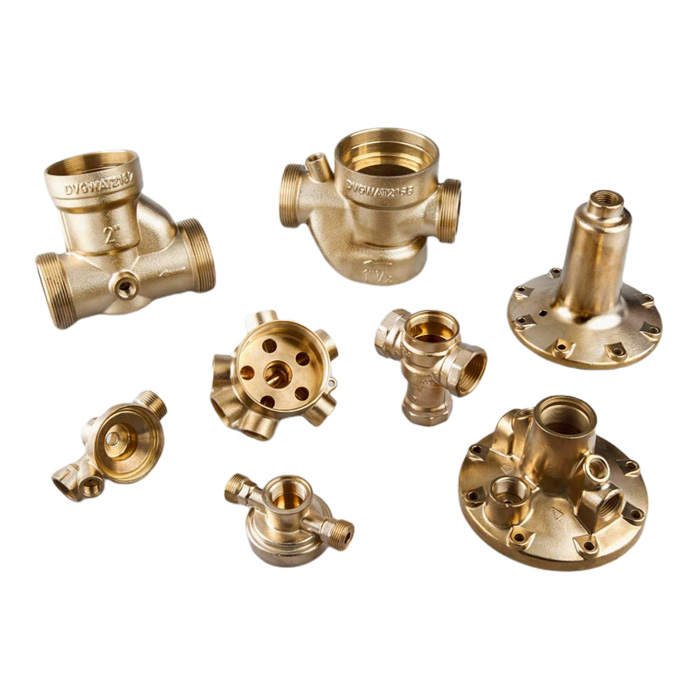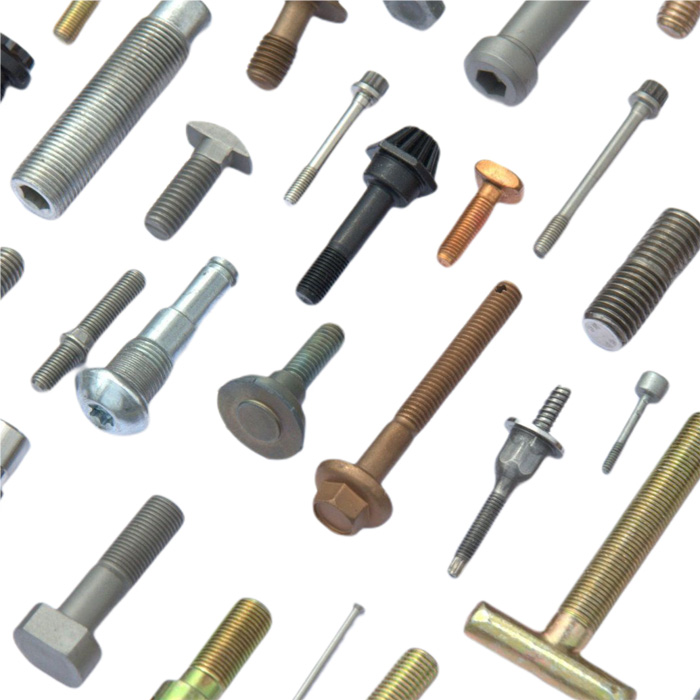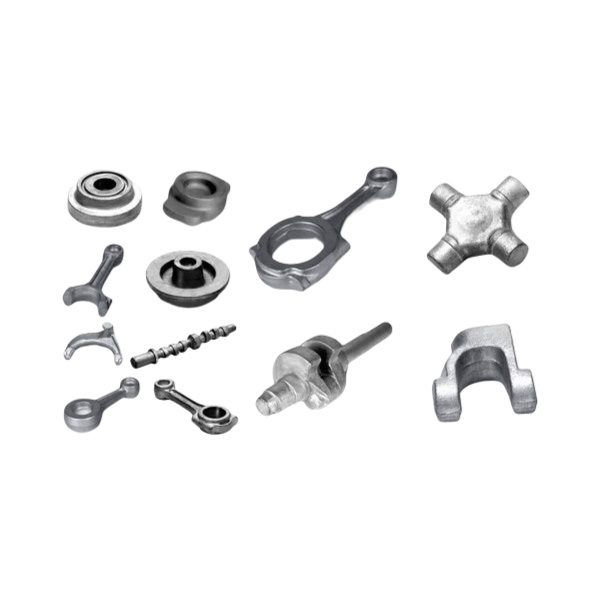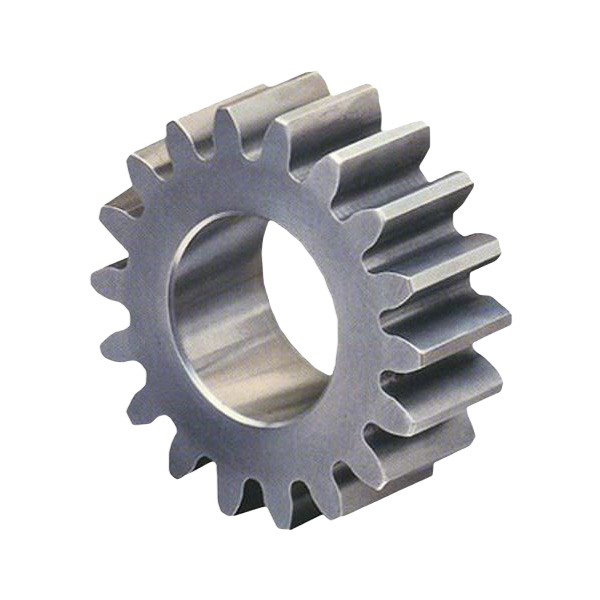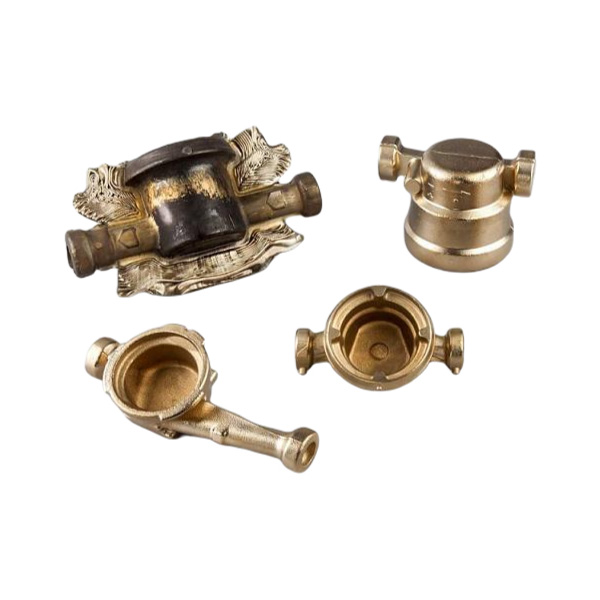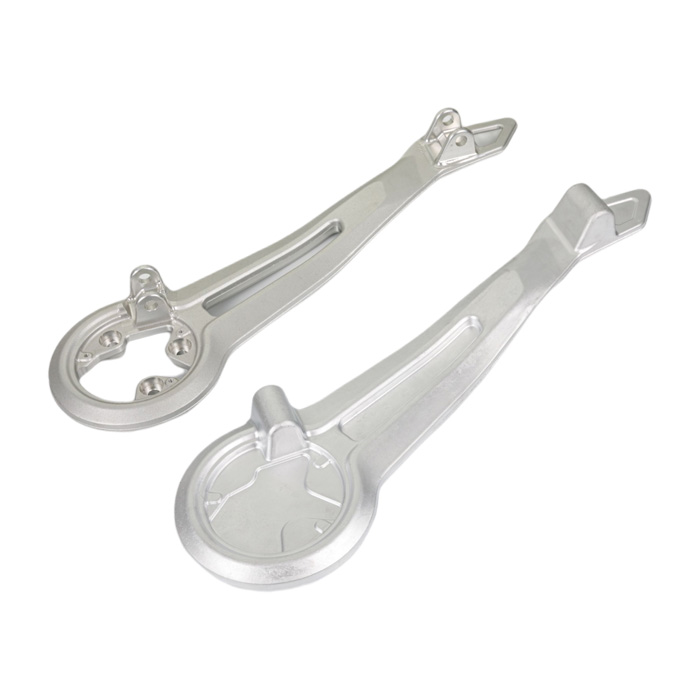
- English
- Español
- Português
- русский
- Français
- 日本語
- Deutsch
- tiếng Việt
- Italiano
- Nederlands
- ภาษาไทย
- Polski
- 한국어
- Svenska
- magyar
- Malay
- বাংলা ভাষার
- Dansk
- Suomi
- हिन्दी
- Pilipino
- Türkçe
- Gaeilge
- العربية
- Indonesia
- Norsk
- تمل
- český
- ελληνικά
- український
- Javanese
- فارسی
- தமிழ்
- తెలుగు
- नेपाली
- Burmese
- български
- ລາວ
- Latine
- Қазақша
- Euskal
- Azərbaycan
- Slovenský jazyk
- Македонски
- Lietuvos
- Eesti Keel
- Română
- Slovenski
- मराठी
- Srpski језик
Metal Forging Components
Customized OEM Youlin® Metal Forging Components Manufacturers. Youlin excels in supplying only the finest quality made metal forging components for your application, at ultra-competitive prices. Our highly qualified technical team will find a way to reduce your costs by 20% or more, with the added convenience of a one-stop-shop for all your metal part needs. We specialize in high-volume production runs, with short lead times and fixed order pricing.
Send Inquiry
Customized OEM Metal Forging Components Manufacturers.
Dependable top quality and great credit score standing are our principles, which will help us at a top-ranking position. Adhering for the tenet of "quality first, customer supreme" for Wholesale Dealers of China OEM High Precision Youlin® Metal Forging Components, Presently, we're seeking ahead to even better cooperation with overseas buyers depending on mutual added benefits. You should sense free to get in touch with us for additional facts.
Wholesale Dealers of China Machinery Part, Youlin® Metal Forging Components, Taking the core concept of "to be the Responsible". We will redound up on society for high quality solutions and good service. We are going to initiative to participate in international competition to be a first- class manufacturer of this product in the world.
1.Our Service for Metal Forging Components
With over 10 years of custom metal service experience, Youlin offers you reliability and quality for high-performance custom Youlin® metal forging components. As a global supplier for OEM, we can create custom forged components that meet your specification requirements, in a wide variety of metal materials. The metals that we regularly forge include the following:
|
Material for Forged Components |
|
|
Forged Aluminum |
Forged aluminum components combine robust strength with the benefits of decreased weight, an attractive appearance and relatively low cost. Forged aluminum is generally used in applications where the high integrity of the part is of utmost importance. Aluminum forging is used primarily to produce structural components |
|
Forged Brass |
Brass forgings offer several outstanding advantages over parts produced by other manufacturing processes such as casting. These advantages result from brass’s superior corrosion resistance and high electrical and thermal conductivity. These benefits are in addition to brass excellent inherent mechanical and physical properties imparted by the forging process. |
|
Forged Stainless Steel |
Stainless steel forging offers numerous advantages such as a good cosmetic surface finish, corrosive resistance, and superior strength. In addition, stainless steel forging results in parts with excellent surface conditions and mechanical properties thanks to internal grain structures that form during the forging process. |
|
Forged Steel |
Steel forging is a versatile process that has been used for centuries to manufacture a wide range of high-quality parts. When you rely on Youlin for steel forgings, you can be certain the result will be a superior quality part. |
If you are unsure which metal material is best suited for your custom metal forging project, please contact us or email us: sales@youlinhardware.com. Our technical team can help determine which metal material type will be most beneficial for your project needs.
2.Advantages of Metal Forging Components
Since the dawn of mankind, metalworking has assured strength, toughness, reliability, and the highest quality in a variety of products. Today, these advantages of forged components assume greater importance as operating temperatures, loads, and stresses increase.
Youlin® Metal forging components make possible designs that accommodate the highest loads and stresses. Recent advances in forging technology have greatly increased the range of properties available in forgings.
Economically, forged components are attractive because of their inherent superior reliability, improved tolerance capabilities, and the higher efficiency with which metal forging components can be machined and further processed by automated methods. The degree of structural reliability achieved in a forging is unexcelled by any other metalworking process. There are no internal gas pockets or voids that could cause unexpected failure under stress or impact. Often, the forging process assists in improving chemical segregation of the forging stock by moving centerline material to various locations throughout the forging.
To the designer, the structural integrity of forgings means safety factors based on material that will respond predictably to its environment without costly special processing to correct for internal defects.
To the production employee, the structural reliability of forgings means reduced inspection requirements, uniform response to heat treatment, and consistent machinability, all contributing to faster production rates and lower costs.
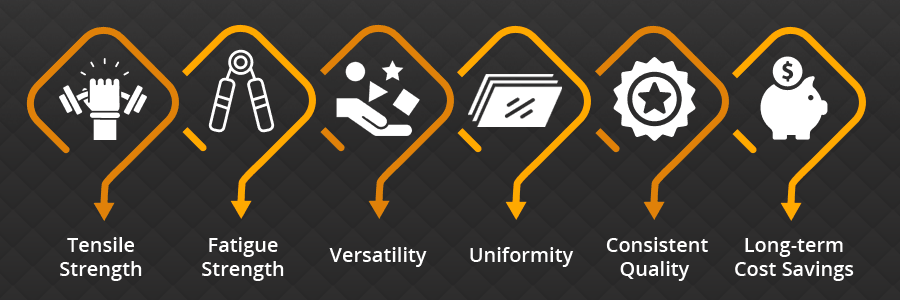
3.Applications of Metal Forging Components
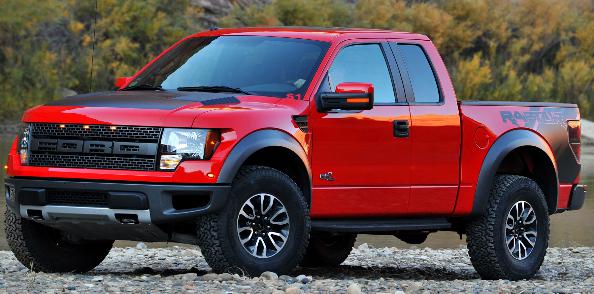 Automotive and Truck
Automotive and Truck
In automotive and truck applications, metal forging components are commonly found at points of shock and stress. Cars and trucks may contain more than 250 forged components, most of which are produced from carbon or alloy steel. Forged engine and powertrain components include connecting rods, crankshafts, transmission shafts and gears, differential gears, drive shafts, clutch hubs, and universal joint yokes and crosses. Forged camshafts, pinions, gears, and rocker arms offer ease of selective hardening as well as strength. Wheel spindles, kingpins, axle beams and shafts, torsion bars, ball studs, idler arms, pitman arms, steering arms, and linkages for passenger cars, buses, and trucks typify applications requiring extra strength and toughness.
 Aerospace
Aerospace
High strength-to-weight ratio and structural reliability improve performance, range, and payload capabilities of aircraft. That's why ferrous and nonferrous forged components are used in helicopters, piston-engine planes, commercial jets, and supersonic military aircraft. Many aircraft are "designed around" forgings, and contain more than 450 structural forgings as well as hundreds of forged engine parts. Forged parts include bulkheads, wing roots and spars, hinges, engine mounts, brackets, beams, shafts, bellcranks, landing-gear cylinders and struts, wheels, brake carriers and discs, and arresting hooks. In jet turbine engines, iron-based, nickel-base, and cobalt-base superalloys are forged into buckets, blades, couplings, discs, manifolds, rings, chambers, wheels, and shafts--all requiring uniformly high-yield tensile and creep rupture strengths, plus good ductility at temperatures ranging between 1,000 and 2,000°F. Forging parts of stainless steels, maraging steels, titanium, and aluminum find similar applications at lower temperatures. Forged missile components of titanium, columbium, super alloys, and refractory materials provide unduplicated mechanical and physical properties under severe service conditions. Aluminum structural beams for boosters, titanium motor cases, and nuclear-engine reactor shields and inflatable satellite launch canisters of magnesium are used in the space shuttle program.
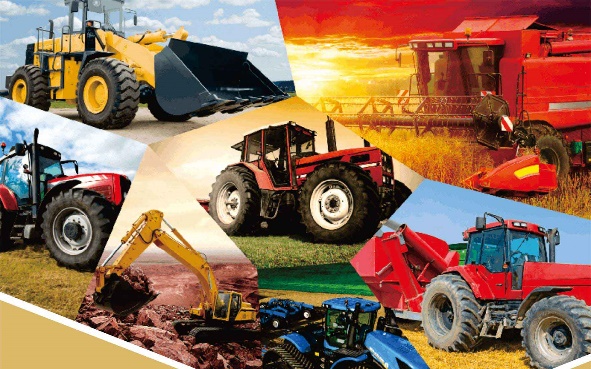 Off-Highway and Agricultural
Off-Highway and Agricultural
Strength, toughness, machinability, and economy account for the use of ferrous forged components in off-highway and heavy construction equipment, and in mining machinery. In addition to engine and transmission parts, forgings are used for gears, sprockets, levers, shafts, spindles, ball joints, wheel hubs, rollers, yokes, axle beams, bearing holders, and links. Farm implements, in addition to engine and transmission components, utilize key forgings ranging from gears, shafts, levers, and spindles to tie-rod ends, spike harrow teeth, and cultivator shanks.
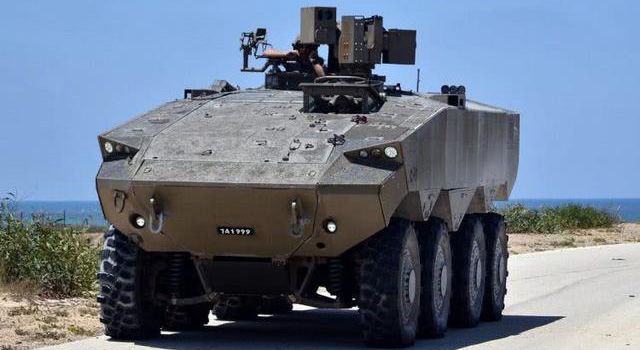 Ordnance
Ordnance
Forged components are found in virtually every implement of defense, from rifle triggers to nuclear submarine drive shafts. Heavy tanks contain more than 550 separate forgings; armored personnel carriers employ more than 250. The majority of 155-mm, 75-mm, and 3-in. shells as well as mortar projectiles contain at least two forged components.
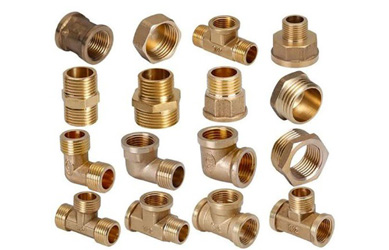 Valves and Fittings
Valves and Fittings
For valves and fittings, the mechanical properties of forgings and their freedom from porosity are especially suited to high-pressure applications. Corrosion and heat-resistant materials are used for flanges, valve bodies and stems, tees, elbows, reducers, saddles, and other fittings. Oilfield applications include rock cutter bits, drilling hardware, and high-pressure valves and fittings.
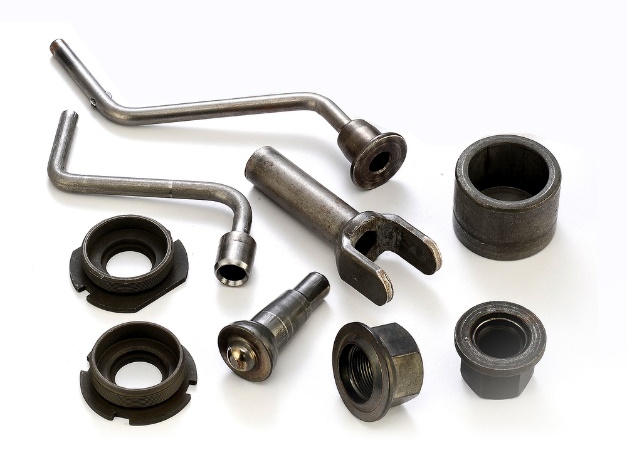 Industrial, Hardware and Tools
Industrial, Hardware and Tools
Stationary and shipboard internal combustion engines include forged crankshafts, connecting rods, rod caps, camshafts, rocker arms, valves, gears, shafts, levers, and linkages. Outboard motors, motorcycles, and power saws offer examples of the intensive use of forgings in smaller engines. Industrial equipment industries use metal forging components in materials handling systems, conveyors, chain-hoist assemblies, and lift trucks.
"Forged" is the mark of quality in hand tools and hardware. Pliers, hammers, sledges, wrenches, and garden implements, as well as wire-rope clips and sockets, hooks, turnbuckles, and eye bolts are common examples. Strength, resistance to impact and fatigue, and excellent appearance are reasons why forgings have been the standard of quality since the earliest of times. The same is true of surgical instruments. Special hardware for electrical transmission and distribution lines is subject to high stresses and corrosion. For strength and dependability, forgings are used for parts such as pedestal caps, suspension clamps, sockets, and brackets.
4.How to Make Metal Forging Components
Metal forming can be accomplished by either "hot forging" or "cold forging" processes, both of which have multiple sub-categories. One of the most common processes is a type of hot forging known as impression die forging (also known as closed die forging), which is the process utilized by Youlin. This method uses powerful presses and/or hammers and relies on the shape of the dies, which are essentially cast impressions of the end product. The five steps of impression die forging are:
|
1.Heating |
|
Pre-forged metal starts with metal blocks called "ingots," which come in a variety of shapes and sizes depending on the part or component to be produced. These ingots are heated to a near molten state where the metal still retains its shape but can be altered easily with force. |
|
2. Preforming |
|
In order to form a piece of the ingot to be pressed between the closed dies, the heated ingot is edged and blocked with a press or hammer. Edging is done to increase the working cross section and blocking is implemented to refine the shape for finish forging. |
|
3. Finish Forging |
|
To complete the shape, the preformed metal is forced into an impression between two dies; this is where the metal takes on the general shape of the end product. Simple items may only need one press, but more complicated items may require multiple strokes at different pressures or even different dies to design the final product. |
|
4. Cooling |
|
By coordinating the cooling of the metal, forgers can increase the strength of the final product by deforming and optimizing the grain flow within the metal. A unique aspect of impression die forging is the "flash," which is the excess metal that flows outside of the dies. The flash cools and hardens rapidly causing it to be stronger than the metal in the dies. This forces the metal in the dies to completely fill any cavities. |
|
5. Finishing |
|
Once a forged product has gone through the pressing process, trimming and other surface treatment operations are performed in order to improve the dimensional accuracy of the forged product. Surface treatment can be completed to enhance corrosion resistance and improve the appearance of the finished forged product. |
5.FAQ
Q: What are the forged components?
A: Forged parts include bulkheads, wing roots and spars, hinges, engine mounts, brackets, beams, shafts, bellcranks, landing-gear cylinders and struts, wheels, brake carriers and discs, and arresting hooks.
Q: What is the purpose of forging?
A: The metal forging components are stronger than those manufactured by any other metalworking process. Forging takes advantage of the metal's natural grain flow, shaping the grain flow to conform to the contours of each part's unique geometry.
Q: Which characteristics of material is used in forging process?
A: forged are usually selected for applications requiring high ductility, impact toughness, fracture toughness and fatigue strength; therefore, forging alloys with inherently high ductility and tensile strength are generally selected.

